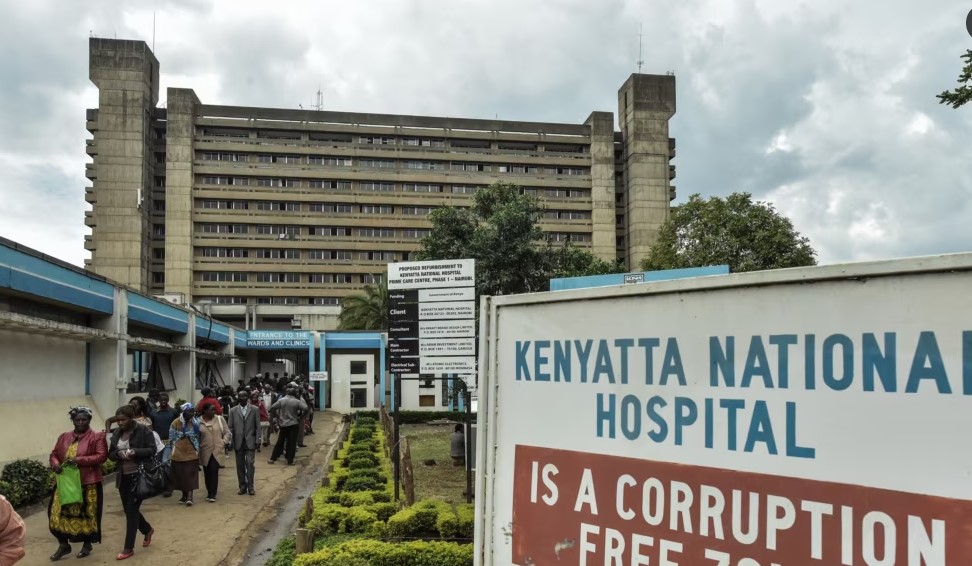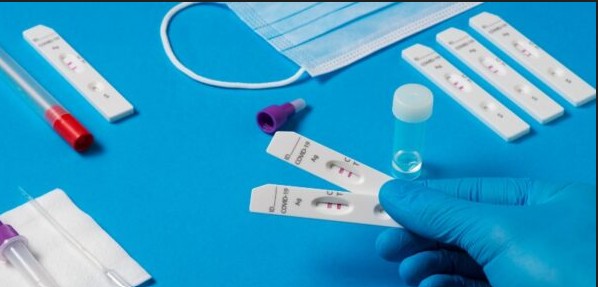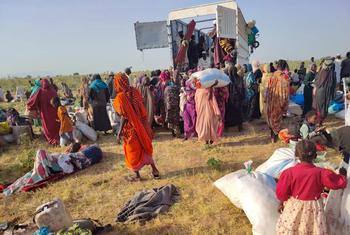Cervical cancer screening in Kenya alarmingly low with only 1 in 4 women tested

Early detection could prevent thousands of cervical cancer deaths in Kenya, yet most women remain unscreened and at risk due to persistent gaps in health services and follow-up care.
Screening gaps remain a major barrier to women’s health in Kenya. Only 24 per cent of women aged 25 and above attending infant immunisation clinics reported ever having been screened for cervical cancer. Follow-up care for women with abnormal results is also limited, leaving many at continued risk.
A study published in BMC Women’s Health found that women living with HIV (WLWH) were more likely to be screened, with 32 per cent reporting prior testing compared to just 16 per cent of HIV-negative women. Higher screening rates were also observed in counties with a high HIV burden, highlighting the benefits of integrating cervical cancer screening into existing HIV care services.
More To Read
- Kamukunji’s Kinyago Kanuku hosts groundbreaking breast and cervical cancer screening
- Uganda unveils herbal remedies for cancer care, eyes clinical trials
- Cancer patients left in limbo as KNH radiotherapy machine breaks down
- Religious leaders join health experts in fight against cervical cancer, maternal deaths
- Single-dose HPV vaccine beneficial for children between 9 and 14 years
- Man's emotional, financial pain of caring for wife battling cancer, then losing her
Cervical cancer screening involves testing women who do not show symptoms to detect precancerous changes or early-stage cancer in the cervix. According to the World Health Organisation (WHO), “cervical cancer screening is a critical preventive measure because early changes in the cervical cells can be identified and treated before they develop into invasive cancer.”
Cervical cancer often develops slowly and may not cause noticeable symptoms until it is advanced, making early detection through screening essential. WHO recommends that women, especially those aged 25 to 49, undergo regular screening using Pap smears, HPV DNA testing, or visual inspection with acetic acid (VIA). Detecting and treating abnormal cells early can significantly reduce the risk of cervical cancer, improve survival, and decrease the overall burden of the disease.
The study analysed secondary data from a cross-sectional survey of mother-infant pairs attending 55 infant immunisation clinics in Kenya between 2018 and 2019. Clinics were selected from high and medium/low HIV-burden counties using a probability-proportionate-to-size sampling method.
Recent data show cervical cancer is the second most common cancer among Kenyan women and one of the leading causes of cancer-related deaths, with approximately 5,236 new cases and 3,211 deaths annually.
The study included 970 women aged 25 and older attending infant immunisation clinics. Only 23.7 per cent reported ever having undergone cervical cancer screening, indicating that even in clinical settings designed to reach mothers, uptake remains alarmingly low.
Among those screened, the majority—76.5 per cent—had only been screened once in their lifetime, and just 38.7 per cent had been screened within the past year. This suggests that routine, repeated screening is rare. Moreover, only 18 per cent of women who received abnormal results reported follow-up treatment, highlighting a critical breakdown in the continuum of care.
The study also highlighted disparities based on HIV status. “Women living with HIV (WLWH) were more likely to have been screened, with 32.3 per cent reporting prior screening compared to only 16.3 per cent of HIV-uninfected women,” the study notes. This difference is likely due to the integration of cervical cancer screening services into HIV care programs, which provide more frequent contact with healthcare providers and structured opportunities for preventive care. Multivariable analysis confirmed that WLWH had a 67 per cent higher prevalence of screening compared to HIV-negative women.
Employment status and regional HIV burden were also important factors. Employed women were more likely to access screening services than unemployed women, and women in high HIV-burden counties showed higher screening prevalence, likely reflecting the prioritisation of cervical cancer services in regions with stronger HIV care infrastructure.
Among WLWH, those on antiretroviral therapy for more than two years were significantly more likely to have undergone screening, suggesting that longer engagement with the healthcare system improves access to preventive services. In contrast, among HIV-negative women, age and employment status were the main predictors of screening, with older and employed women more likely to be screened. This reflects how socioeconomic stability and maturity may increase opportunities to engage with health services.
These findings indicate that overall uptake of cervical cancer screening in Kenya remains low, even among women regularly accessing maternal and child health services. Disparities by HIV status and socioeconomic factors demonstrate the need for targeted interventions to reach younger, HIV-negative, and less-advantaged women. The low follow-up rates for abnormal results highlight that screening alone is not enough; effective referral and treatment systems are essential to prevent cervical cancer morbidity and mortality.
According to the Ministry of Health, Kenya, “cervical cancer has become a significant burden in the country due to high incidence rates, late diagnosis, and limited access to preventive and treatment services, posing both health and socioeconomic challenges.” Many primary care facilities lack adequate screening and treatment services; there are shortages of trained healthcare personnel and necessary equipment, and women often present with advanced-stage disease when treatment outcomes are less favourable.
Since cervical cancer is largely preventable through HPV vaccination, regular screening, and early treatment, the Ministry emphasises that this burden is largely avoidable. However, persistent gaps in access, public awareness, and quality of services continue to sustain the problem.
Globally, cervical cancer is the fourth most common cancer among women. In 2022, about 660,000 new cases were diagnosed, and roughly 350,000 women died from the disease. The burden is disproportionately high in low- and middle-income countries, where about 90 per cent of new cases and deaths occur, largely due to limited access to screening, vaccination, and treatment.
The age-standardised global incidence rate of cervical cancer is estimated at 13.3 per 100,000 women, highlighting persistent disparities in prevention and care across regions. Early detection through screening and preventive measures like HPV vaccination remains critical in reducing both incidence and mortality.
Cervical cancer screening can save lives by detecting pre-cancerous changes or early-stage cancer before the disease becomes advanced and harder to treat. Most cervical cancers develop slowly over many years, usually starting as abnormal changes in cervical cells caused by persistent infection with high-risk HPV types. Screening methods such as Pap smears, HPV testing, or VIA can identify these changes early.
When abnormal cells are found, they can be treated promptly, often with minor procedures that remove the affected tissue, preventing progression to invasive cancer. Early detection also allows for more effective treatment and greatly increases survival rates.
According to the WHO, “regular cervical cancer screening combined with timely treatment of abnormal findings can reduce cervical cancer deaths by up to 80 per cent,” making it one of the most powerful preventive strategies for women’s health.
Top Stories Today











































